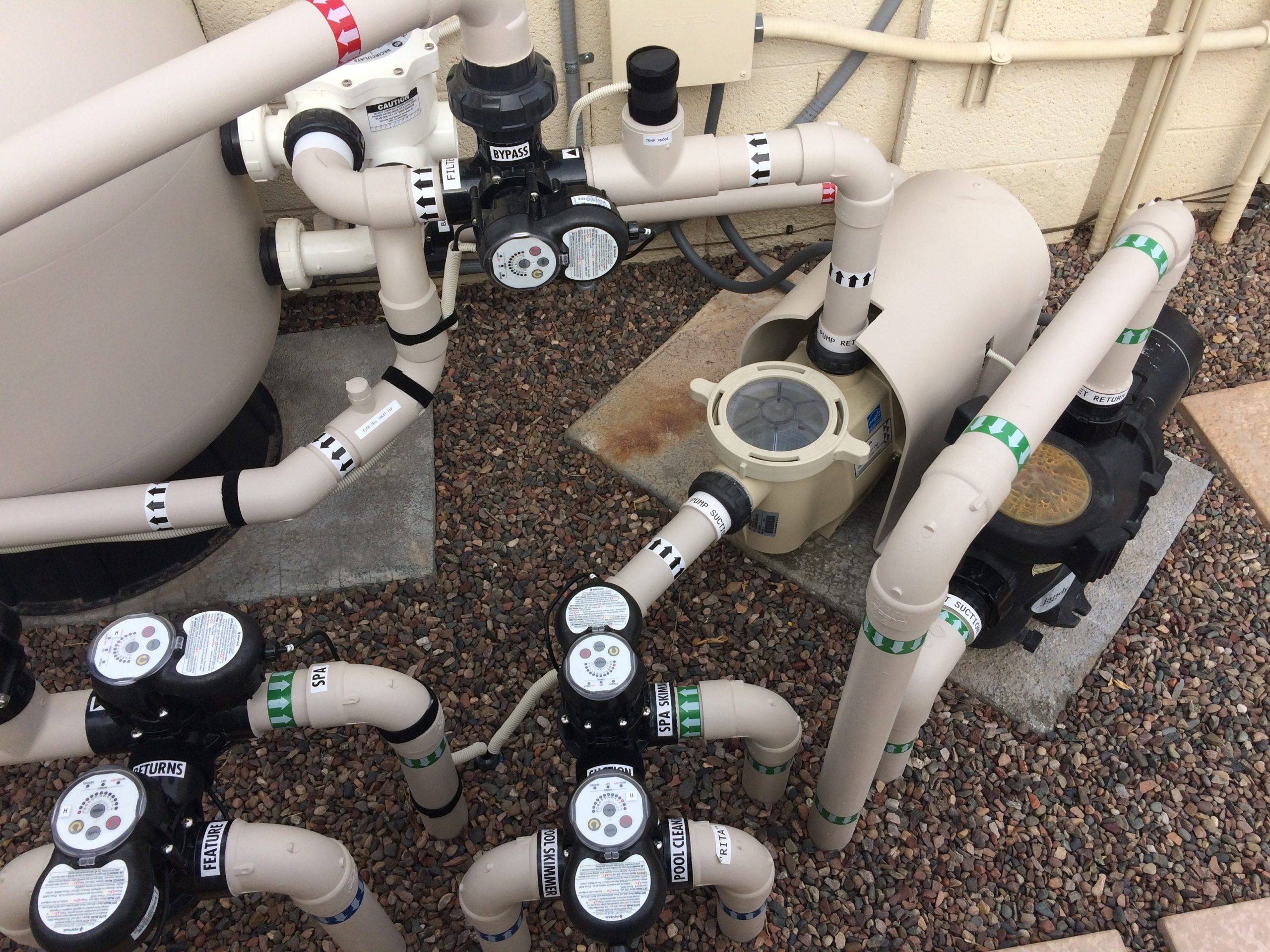- Mar 23, 2019
- 87
- Pool Size
- 11000
- Surface
- Plaster
- Chlorine
- Salt Water Generator
- SWG Type
- Jandy Aquapure 1400
Recently put in a pool and have appreciated the feedback and support of the forum. Not sure I would have survived this long without the feedback on startup, equipment, testing, etc.
What I'm still not clear on is the relationship between pump runtime and the SWG. I "feel" like I want to run the pump a long time at a slow speed to keep the water clean, but I'm not fully understanding what I should be doing.
I'm currently scheduled to run my pump from 7am to 9pm @ 1850 RPM. The Builder set me up at 2250 RPM for 12 hours. Based on my rudimentary math, I'm pushing a similar number of gallons through the filter with my longer run time and saving energy as the watts is ~300 vs ~800 @ 2250.
Any guidance on determining the right balance between RPM, SWG longevity, power usage and general feedback on keeping water moving?
Thank you!
What I'm still not clear on is the relationship between pump runtime and the SWG. I "feel" like I want to run the pump a long time at a slow speed to keep the water clean, but I'm not fully understanding what I should be doing.
I'm currently scheduled to run my pump from 7am to 9pm @ 1850 RPM. The Builder set me up at 2250 RPM for 12 hours. Based on my rudimentary math, I'm pushing a similar number of gallons through the filter with my longer run time and saving energy as the watts is ~300 vs ~800 @ 2250.
Any guidance on determining the right balance between RPM, SWG longevity, power usage and general feedback on keeping water moving?
Thank you!


